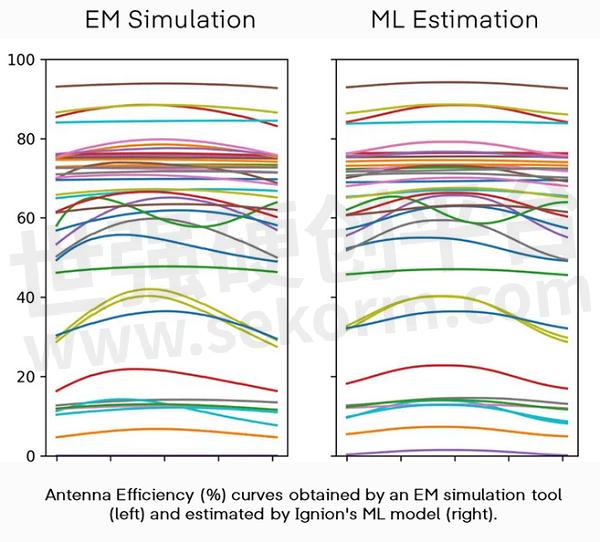AI & Machine Learning: Simplifying IoT Antenna Integration with Virtual Antenna® Technology

Probably not too many people have missed the recent uptake in general awareness of the power of Artificial Intelligence (AI), and its subset: Machine Learning (ML) enabled by neural networks. Not unlike a volcano, this has been a “waiting to happen” eruption which now leads to the generation of endless new use cases, some of which are extremely powerful, while others may take some time to prove. Tools like ChatGPT, and AutoGPT and their variations are changing how we deal with problems that require a broad set of data. Ignion, a company known for its innovative mindset, has embraced this opportunity to automate the development process for its Virtual Antenna® technology giving the IoT market access to a powerful and useful design tool.
How did the Ignion journey to an ML-powered digital twin design tool begin?
Many moons and designs ago Ignion development team looked at the possibilities of this new expanding computational toolkit and set out to leverage it to automate the development tools and processes leading to the best use of our Virtual Antenna® technology. Ignion rapidly discovered that training an ML model, or relying on specific libraries was not enough, and focused Ignion internal processes to consider the entire workflow. Next, Ignion took a new look at data management, making it a part of Ignion design and engineering workflows, and as a result, thousands of anonymized designs and all their relevant parameters were collected, stored, and compressed to enable extraction of the relevant metadata. Machine Learning is used to complement computationally expensive electromagnetic real-world lab simulations with relatively cost-effective requests to a cloud-based model.
The ultimate self-learning antenna design tool for your IoT project
The design datasets are used to train regression and classification models for the prediction of an optimal design from an RF perspective. The outcome includes several important indicators of RF performance, including radiation efficiency which measures how input power converts to radiated power, important in determining wireless coverage and battery consumption. The reflection coefficient (S11) as a function of frequency shows impedance matching to guarantee transmission is maximized within the selected frequency bands. The optimal matching network setting (i.e., a network of inductors and capacitors and their precise values) is also included in the design recommendations based on the ever-increasing library of projects.

What is the outcome of leveraging machine learning for antenna integration in IoT?
The result was the launch of Ignion Antenna Intelligence Cloud™ early in 2022, based on the forward-thinking and many years of preparation and dedication by Ignion R&D and Engineering teams. Nowadays the models are trained in an active learning environment to continuously improve by using new data. The resulting algorithms allow engineers to design optimal Virtual Antenna® technology-centric RF systems, making the formerly complex process as straightforward as building with LEGO blocks.
As Ignion’s AI journey continues, the company plans to explore further advancements in RF system design not unlike the evolution Ignion has seen in the mobile phone industry.
- +1 Like
- Add to Favorites
Recommend
This document is provided by Sekorm Platform for VIP exclusive service. The copyright is owned by Sekorm. Without authorization, any medias, websites or individual are not allowed to reprint. When authorizing the reprint, the link of www.sekorm.com must be indicated.

























































































































































































































































































































































































































































































































































































































































































































































































































































































































